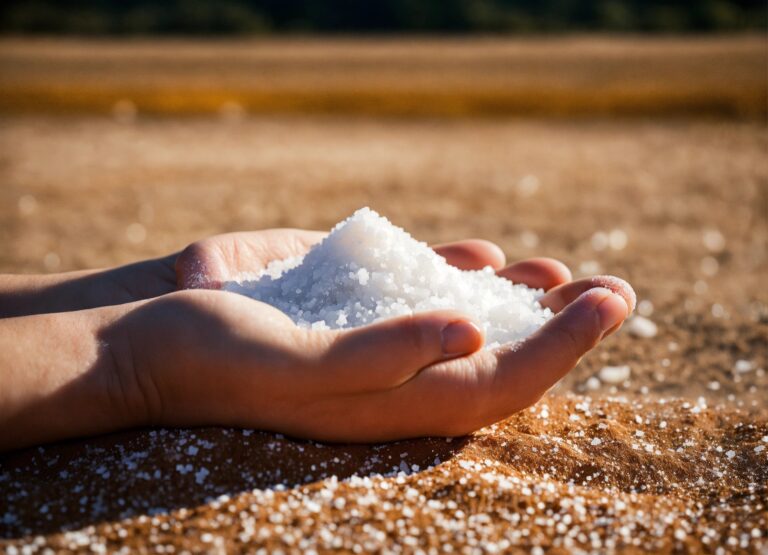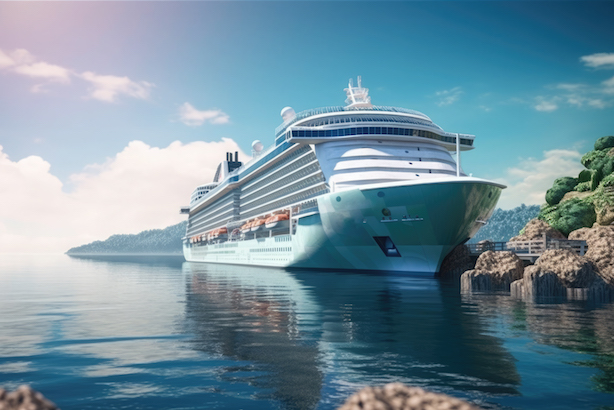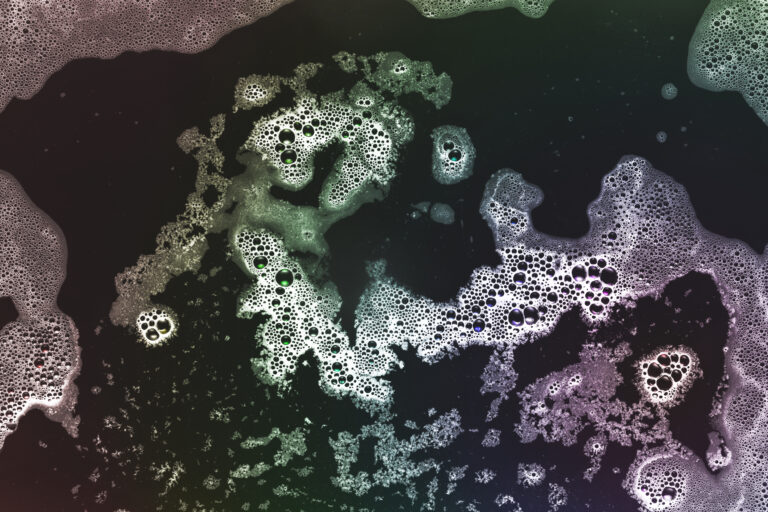Exploring the Why and How of 40% Marine Urea Solution in SCR Systems
In the intricate dance of maritime emission control, one solution takes center stage—Marine Urea. But why is this particular solution chosen for Selective Catalytic Reduction (SCR), and what’s the magic behind the 40% concentration?
This article navigates the chemistry and engineering behind the scenes, unraveling the safety advantages and efficiency considerations that make 40% Marine Urea Solution the star of the show in the battle against Nitrogen Oxides (NOx) emissions.
The Non-Hazardous Advantage
One of the key reasons for the widespread adoption of Marine Urea Solution in SCR systems is its non-hazardous nature. The safety of handling this solution is paramount, especially considering the diverse international regulations governing maritime operations. The choice of a non-hazardous component ensures not only compliance but also peace of mind for ship operators and crew members.
1. Navigating Regulatory Waters
The safety profile of the Marine Urea Solution aligns with regulatory requirements, making it a favorable choice for SCR systems on a global scale. Jurisdictional variations in safety standards necessitate a solution that transcends international borders, and Marine Urea fits the bill, providing a safe and effective means of tackling NOx emissions.
2. Safer Seas, Safer Handling
From storage to transportation to the actual injection into exhaust streams, the non-hazardous nature of Marine Urea Solution simplifies operational logistics. Crew members can handle the solution with greater confidence, and emergency response measures are streamlined when dealing with a non-hazardous substance.
The Efficiency Quotient: Unraveling the 40% Concentration
The magic number—40%. But why is this concentration deemed the most efficient for marine SCR systems? The answer lies in a delicate balance of chemistry and practicality.
1. Chemical Reaction Dynamics
SCR systems rely on a chemical dance between the Marine Urea Solution and the NOx emissions in the exhaust. The 40% concentration strikes an optimal balance, ensuring a robust reaction that efficiently converts NOx into harmless nitrogen and water vapor. This concentration sweet spot maximizes the efficacy of the SCR process, contributing to cleaner emissions.
2. Volume Efficiency: 40% vs. Other Concentrations
Efficiency is not just about chemical reactions; it’s also about getting the most mileage out of every drop of Marine Urea Solution. Compared to lower concentrations like 30%, a 40% solution can treat more exhaust with the same volume. This translates into a longer-lasting impact, reducing the frequency of replenishments and enhancing the overall cost-effectiveness of SCR systems.
3. Practical Considerations for Ship Operations
Ship operators navigate a delicate balance between environmental responsibility and operational efficiency. The 40% concentration aligns with this delicate equilibrium, offering a solution that not only meets stringent emission standards but also optimizes the use of valuable onboard space and resources.
Tailoring Solutions to Industry Needs
The adoption of 40% Marine Urea Solution as the go-to choice for SCR systems is not a one-size-fits-all decision. It emerges from a nuanced understanding of the maritime industry’s needs, challenges, and aspirations for a cleaner, more sustainable future.
1. Industry Collaboration and Standards
The selection of Marine Urea Solution concentration is not arbitrary; it evolves through collaboration between SCR system makers, shipbuilders, and regulatory bodies. Industry standards and best practices shape the decisions that ensure the optimal performance of SCR systems across diverse maritime applications.
2. Adaptability to Varying Operating Conditions
Maritime operations span a spectrum of environments, from icy waters to tropical seas. The 40% Marine Urea Solution proves its adaptability, offering efficiency across a range of operating conditions. This adaptability is a critical factor in the design and implementation of SCR systems for vessels with diverse operational profiles.
Looking Ahead: Innovation and Evolution
As the maritime industry charts a course toward cleaner, greener practices, the role of Marine Urea Solution in SCR systems continues to evolve. Innovations in formulation, storage, and injection technologies hold the promise of further enhancing the efficiency and environmental impact of this crucial emission control solution.
1. Technological Advancements
Ongoing research and development in emission control technologies pave the way for advancements in Marine Urea Solution formulations. From improving reaction kinetics to exploring alternative concentrations, technological innovations promise a future where SCR systems become even more effective and environmentally friendly.
2. Integration with Sustainable Practices
The quest for sustainability extends beyond emission reduction; it encompasses the entire lifecycle of emission control solutions. The maritime industry’s drive towards sustainability involves not only the reduction of NOx emissions but also responsible sourcing, production, and disposal of Marine Urea Solution.
Concluding Remarks
In the grand symphony of maritime sustainability, the Marine Urea Solution plays a crucial melody. From its non-hazardous nature to the efficiency of the 40% concentration, every note contributes to the harmonious reduction of NOx emissions.
As the industry navigates towards increasingly stringent environmental standards, the chemistry and engineering behind Marine Urea Solution underscore its significance as a cornerstone in the quest for cleaner seas and skies.





